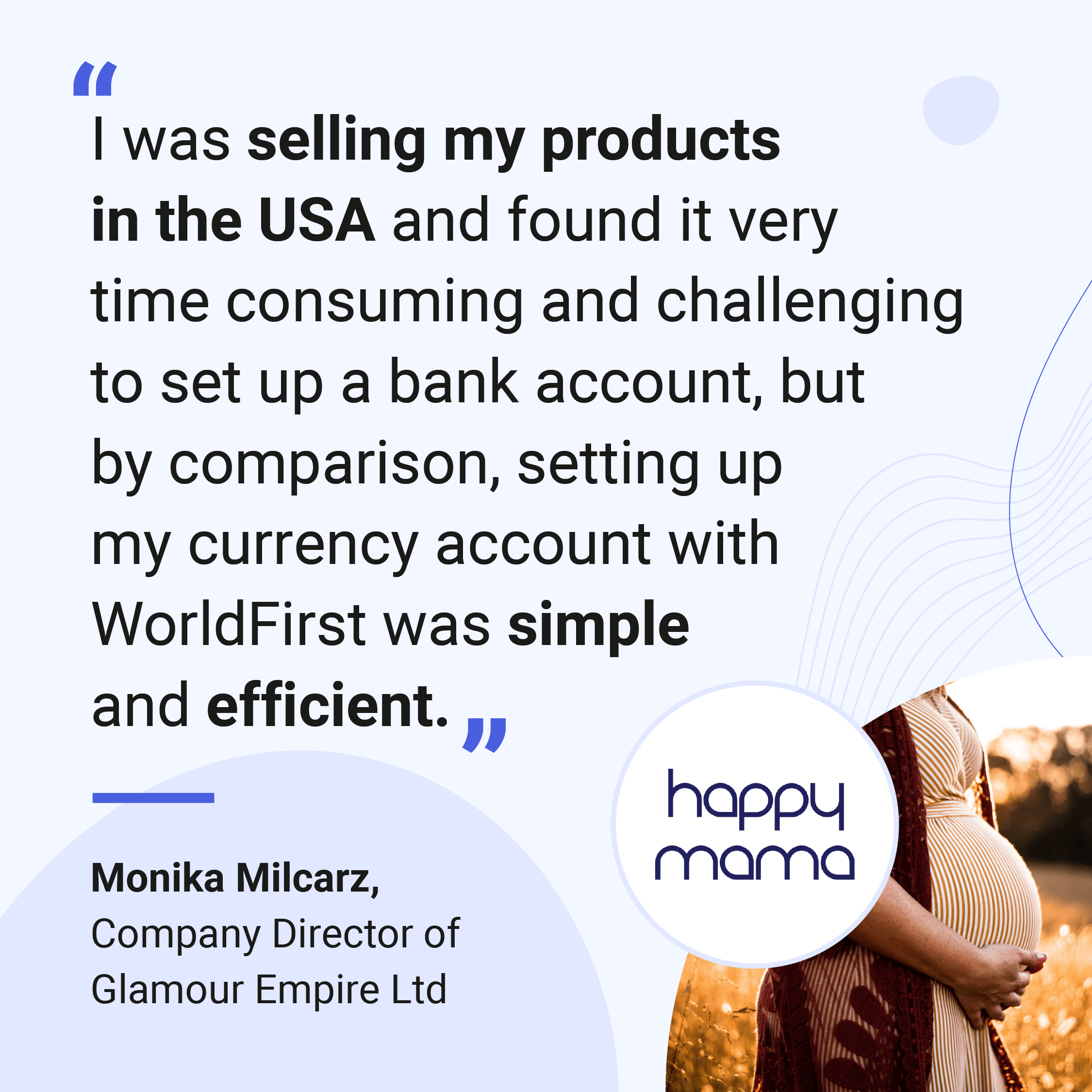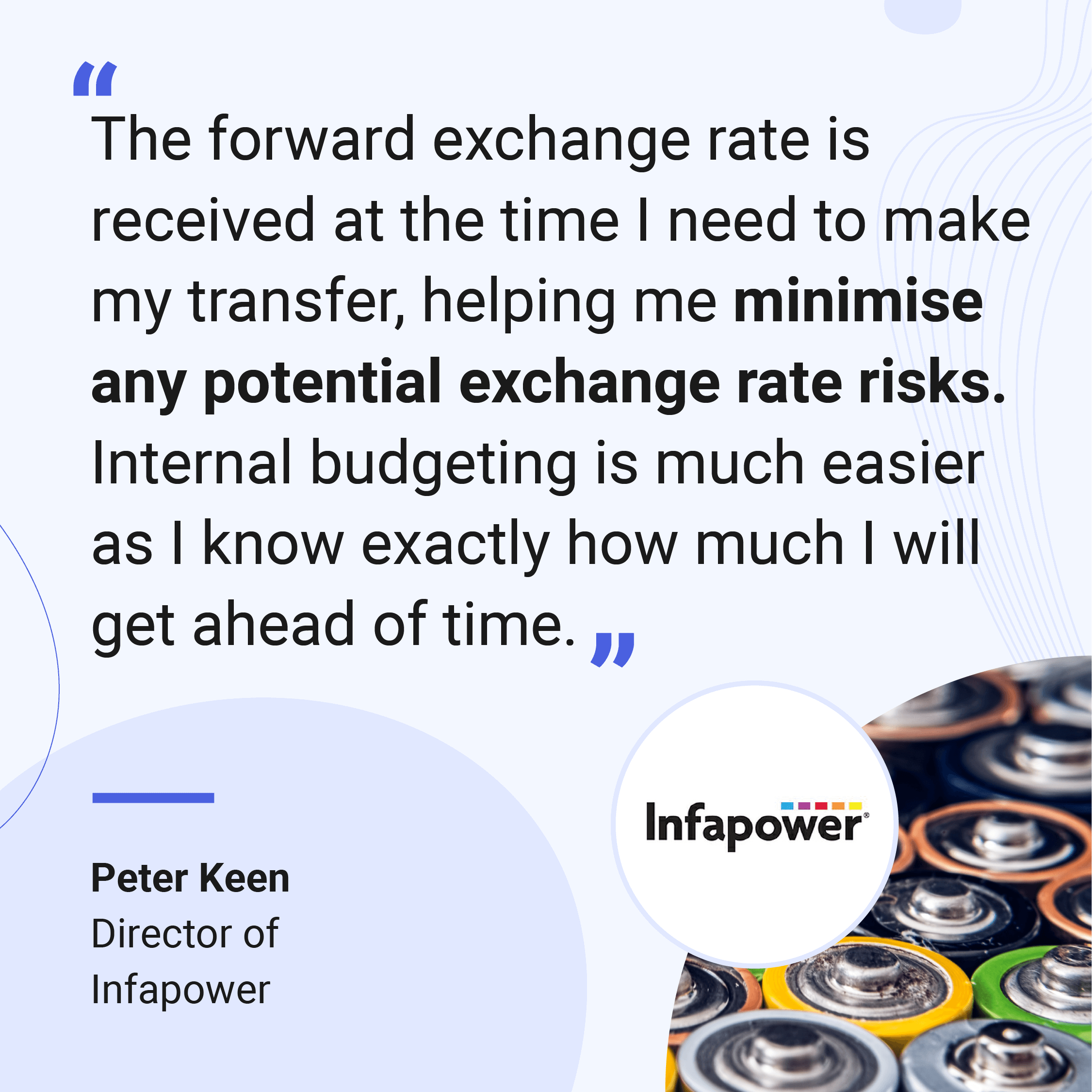
Why optimise for mobile? In short, because mobile internet use has exploded over the past decade. Google reports that there are now more than four billion mobile internet users worldwide, many of whom communicate, shop and bank on the go.
The introduction of smartphones and tablets has smashed internet accessibility barriers which previously hindered people of all ages and socio-economic backgrounds. Mobile phones are cheaper than ever and easy to use, and can connect in cities, in the countryside and even in the middle of the jungle.
Despite this, many online businesses still don’t know how to optimise their websites for mobile devices. In this post, we will explain why e-commerce businesses need to optimise for mobile ASAP. Plus, we’ll offer you some tips on boosting your mobile sales even further through the use of apps.
Why optimise for mobile within e-commerce?
A recent survey from Google found that 59% of respondents cite shopping from mobile as an essential factor in deciding which brands to buy from. Google also revealed that over 50% of internet searches are now conducted on mobile devices, and more than a third of all online purchases are made through mobile-optimised shopping sites.
So, if you don’t want to miss out on half of your potential customer base, you need to optimise your existing website for mobile users. But how — and are there other advantages associated with mobile e-commerce optimisation?
Google Mobile-First Indexing
If you want to rank higher in Google’s search engine rankings, you’ll need to optimise your site for mobile.
In 2018, Google introduced Mobile-First Indexing, positioning brands with good mobile UX higher in the results pages than their desktop-only counterparts. The reasoning behind this is simple; half of all internet users use their phones to research products before parting with cash.
In other words, if your site isn’t mobile-friendly, many internet users will bounce off your page and click on a competitor’s link that will offer them mobile-friendly access to the information they need.
Voice search
In recent years the popularity of voice-activated search has skyrocketed. A survey by PYMNTS found that 28% of consumers are already using voice-activated technologies to buy things online. Services like Siri and Amazon Echo represent an easy and fun way to research, shop and reorder goods online. By making sure that your website is optimised for mobile, you can also grab a piece of that market and sell more products to those shopping through voice-activated apps on smartphones.
Social media marketplaces
Instagram, Facebook, and Pinterest introduced shoppable tags several years ago, but millions of brands have not made full use of social marketplace platforms to sell their goods.
Social media UX designers have pooled millions of dollars of expertise into making these social networks as addictive as possible. With that in mind, integrated social media marketplaces should’ve been an open invitation for e-commerce sellers to dive right in. However, the popularity of shoppable tags has been relatively low. Why?
One possible explanation could be the pricing model for services like Instagram Checkout. As easy as it is for customers to buy from clicking on a tagged photo, Instagram retains a flat fee for every sale made directly from the app, which in turn could eat into a brand’s profit margins. It may also be the case that smartphone users prefer to save product tags to view later.
Therefore, if you want to outdo your competitors, set up shoppable tags that link to your mobile site instead. Optimise pages to provide as much supplementary information as possible and win the conversion from your home turf.
Open a World Account for free
- Open up to 15 local currency accounts, with local sort codes, account numbers and IBANs
- Collect secure payments from 130+ marketplaces, overseas buyers and payment processing gateways
- Pay suppliers, partners and staff in 40 currencies without hidden fees
- Pay and get paid easily with local bank details on your invoices
- Lock in conversion rates to manage your currency risk
Optimising your e-commerce site for mobile
The first step in ensuring that your site is ready to make the most of the mobile commerce market is to check your existing e-commerce platform (e.g., Shopify, WooCommerce, etc.). Ensure that the shop theme you have selected includes a mobile-optimised theme to run alongside your desktop site.
Nearly all pre-designed themes will automatically set you up with a mobile-friendly site, so you won’t have to worry. But if you build your site from scratch by yourself, make sure you use a responsive template.
Run mobile site diagnostics on your e-commerce site
Next, open your site’s Google Search Console, find the free mobile usability tool and run a diagnosis on your mobile site. Within a minute or two, the tool will be able to pinpoint precisely which pages of your mobile site are taking too long to load and offer you tips to fix these issues.
Common website problems include images slowing down your page load speed. To fix this, consider reuploading cropped or compressed images specifically for your mobile site’s back end. A great free tool to help you compress JPG and PNG files is Smush. Smush is available as a WordPress plugin. Once activated on your site, it will automatically compress all future uploads to give you a better response on mobile devices.
Optimise your alt tags
Head over to your product pages, and make sure that your meta and image alt tags are optimised for mobile and voice-activated search. Voice-activated search engines use alt tags on images as part of their algorithms, so make sure that your mobile site tags give these crawlers the best possible view of your goods.
Use Google Keyword Planner to help you find optimal phrases to describe your products. Think about colloquial language when planning which keywords to include. After all, you want to word them in a way that matches how most ordinary people in your target market speak.

Businesses like yours trust WorldFirst
- Almost 1,000,000 businesses have sent $150B around the world with WorldFirst and its partner brands since 2004
- Your money is safeguarded with leading financial institutions

What our customers say about our services






